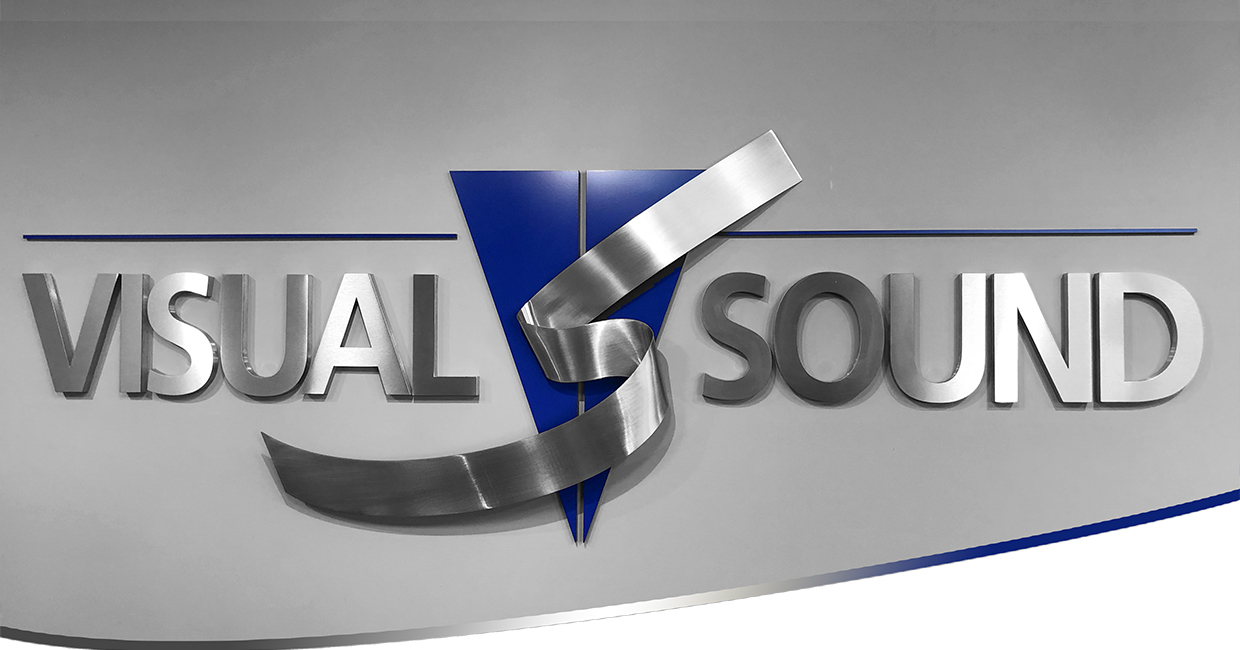AEROSMITH PRODUCER JACK DOUGLAS ROCKS WITH SHURE

In recording basic tracks for the 14th Aerosmith album, scheduled for release in April 2012, producer Jack Douglas makes no bones about his policy of using the best microphone for each application, regardless of brand. “You don’t do a session like this with one brand of microphone,” he states. “I like to use different mics in different situations. But during almost four months of tracking, there were a lot of Shure microphones that never moved from their spots. That includes classics like the SM57, but also some of the new mics like the KSM condensers and ribbons. We also used Shure headphones throughout the sessions.”
For a guitar-driven band like Aerosmith, Douglas pays particular attention to that aspect of the sound. He designed and built isolation chambers for Joe Perry and Brad Whitford’s amplifiers. Each chamber houses four 4x12 speaker cabinets with external plugs for the amp heads and microphone outputs. Within each iso chamber was a Shure ribbon microphone.
He recounts, “I had a KSM313 and a KSM353, and boy, did they get used! I absolutely love them. The 313 is interesting because it has a bright side and a brighter side, which is really cool. During the actual tracking session, that was on Brad Whitford’s guitar rig. I just used one of them inside the iso box, but because it’s a ribbon, it was hearing all four amps. So it’s multiple voicing in real time, and the sound is absolutely amazing.”
For Joe Perry’s rig, Douglas selected the KSM353 for a more neutral sound. “Same deal as Brad in terms of setup,” he notes. “It was just killer – big and fat and everything you want in a ribbon. Those mics lived in those iso boxes forever. I was knocked out by how great they sounded and how much sound pressure they could take. Both those mics are well worth the money. I want to try them on vocals, and I will be going back to them.”
It was no surprise to learn that Joey Kramer’s drum sound started with an SM57 on snare top, augmented by a Shure SM81 underneath. “I have always used the 57 on snare and always will,” says Douglas. “For me, the SM57 has always been the absolute go-to mic for just about anything. If I was stuck on the moon and wanted to record, I know I could do everything with a 57 and still get a great sound. It just never fails you.”
Douglas also used a Beta 91A boundary mic as part of his kick drum setup, deployed on the floor right in front of the kick drum to capture the overall drum kit while augmenting the kick sound. The cardioid version of the Beta 181 side-address condenser handled ride cymbal. “That Beta 181 is a really nice mic. I positioned it about four inches above the ride. It had good rejection outside the pattern and gave me a nice clear, crisp ride sound.” For hi-hat, Douglas employed a dual microphone setup recommended by engineer Warren Huart, with a KSM137 condenser and an SM7B. “It’s a neat trick. The KSM137 has a great sound, and I really like the SM7 on hi-hat because I don’t like it to be over-bright. I’m a big SM7 fan. In fact, I used three of them during the course of these sessions.” With the SM7’s long history as a broadcast announcer microphone, it’s no surprise that the other two were used on vocals. “I used them on Steven Tyler’s reference vocals, which he sung in the main room at the piano,” Douglas explains. “With the rejection and accuracy of the mic, he could get real close and go as hard as he liked. The third SM7 was on Tom Hamilton’s backing vocals, which also have a great sound. There’s just something magical about that mic.” Another interesting application that employed Shure microphones was the use of two KSM44A studio condensers to capture the sound of the room itself. “For me, the ambient sound of the studio is one of the most important things in capturing the overall sound of the band,” says Douglas, “because I’m picking up the whole band with them, particularly the drums. And the one thing that never moved throughout these sessions was that pair of KSM44As as my high room mics. Physically, they were about 12 or 14 feet up in the air as a stereo pair, covering the whole cacophony that is Aerosmith.” Jack Douglas and the band all used Shure headphones for monitoring throughout the sessions. All five band members used the SRH840 model, while Douglas worked with the SRH940. “Shure was nice enough to let us try these new headphones and they are just amazing,” he notes. “Every member of the band used them. In fact, they took them for the South American tour after we finished. I had an SRH940 and they were just dead-on accurate for my listening. When we move to Los Angeles in January, they’ll be with me.” Songs were written during sessions at Pandora’s Box, the band’s studio complex in Boston. Final vocal tracks and overdubs will be done in Los Angeles after the holidays, working around Steven Tyler’s American Idol commitment. “It’s kind of a classic ‘70s approach, writing in the studio, everyone playing live and recording as we went,” says Douglas. “This will be a big, hard, very heavy rock album with the usual tongue-in-cheek – very basic but kind of clever, which I guess is classic Aerosmith. We weren’t thinking singles. When we sat down, we said, ‘What the hell, let’s make some art.’”

















